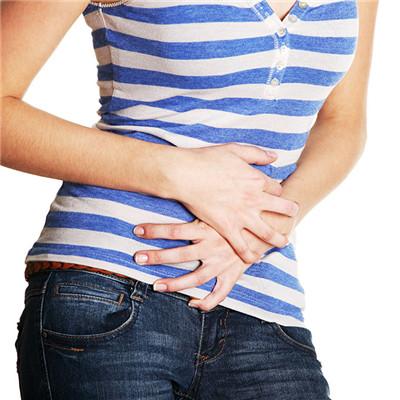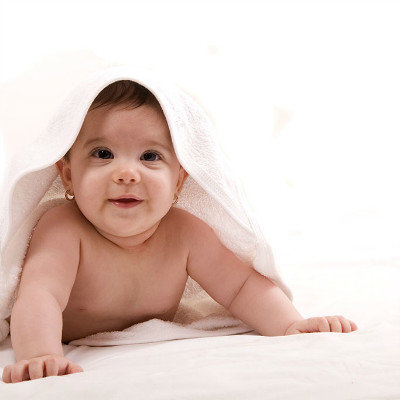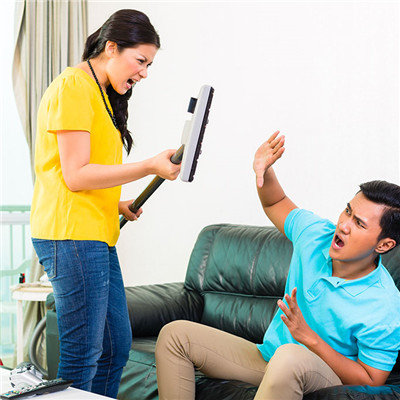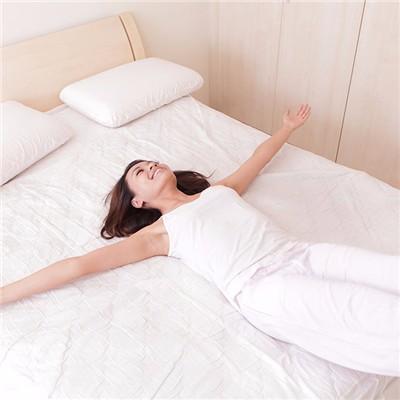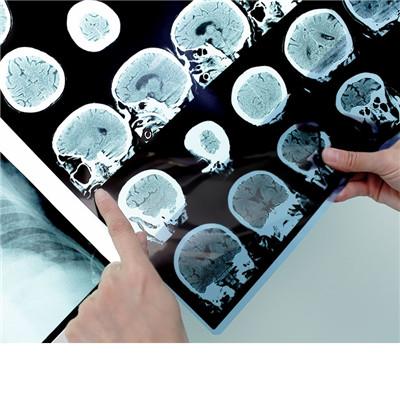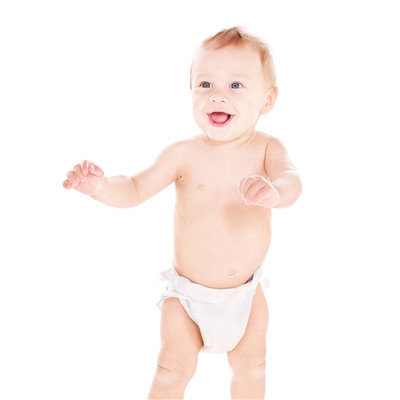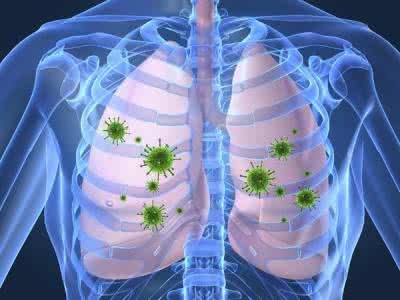Symptoms of baby urinary incontinence
summary
Children with urinary incontinence often go to a general practitioner or pediatrician for the first visit, but the causes of urinary incontinence are complex, involving many related departments, such as neurology, orthopedics and Urology, and it is difficult for general practitioners and pediatricians to deal with them. Tell us about the symptoms of baby urinary incontinence.
Symptoms of baby urinary incontinence
At birth, the bladder is autonomic, that is, there is no autonomic micturition, which is completely due to the spontaneous contraction of detrusor after the bladder is filled to a certain extent. Within one year after birth, the bladder sensation began to develop soundly, showing obvious discomfort when the child was holding urine, and comfortable after emptying. The frequency of urination decreased gradually from 20 times a day at birth to about 10 times a day, and maintained until about 2 years old.
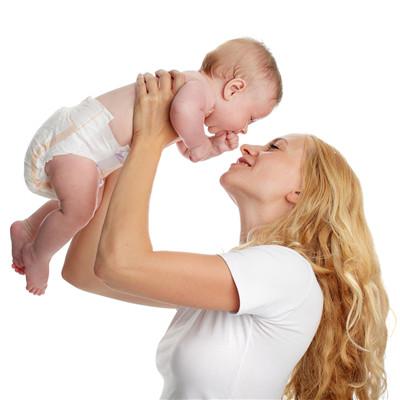
The true bladder control function of toddlers aged 2-4 years begins to develop. About 18 months later, the first performance of bladder control is to control and extend the time of holding urine. Urination control not only needs the development of nervous system, but also needs certain understanding ability to cooperate with the training of parents' toilet ability. If the child can feel the bladder full or empty, or if necessary, can appropriately extend the holding time, the child has a good ability to control urine. The last step in the development of continence is to activate the micturition reflex at any time, if necessary. By the age of 4, most of the children have the basic ability to control and urinate, in addition to self starting urination. Generally speaking, the development order of excretion control is: first night fecal control, then daytime fecal control, then diurnal urine control, and finally nocturnal urine control. The urination training of preschool children (4-6 years old) should be completed. At this time, occasional diurnal urinary incontinence is not uncommon. It is mostly caused by children's poor decision-making ability. Children often can't judge whether bladder suffocation has reached the limit, and finally have urgent urinary incontinence due to bladder overfilling induced detrusor uninhibited contraction. With the growing maturity of the child's mind and body, the ability of urine control will be improved day by day. School age children should have good urine control ability, and be able to abide by the school work and rest system. If urinary incontinence still occurs repeatedly, we should see a doctor in time for further examination.
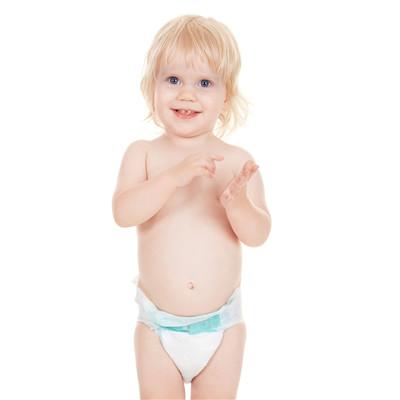
The most common cause of urinary incontinence in middle-aged children is improper toilet training. Many parents train their children to use the toilet too early, and some of them just because they are young and mature, not abnormal development. There are also some children who fail toilet training due to behavior problems, and urinary incontinence is often one of a series of problems existing in children. For example, in addition to urinary incontinence, there may be problems in learning and getting along with others. These children can be given certain behavior therapy, or urinary incontinence treatment at the same time, or the severity of urinary incontinence can be evaluated after the behavior therapy is effective, so as to decide whether to further treat urinary incontinence. If we ignore the whole behavior therapy, it is difficult to pay attention to the treatment of urinary incontinence. Some children with severe voiding dysfunction may have serious psychological problems secondary to serious bed wetting. The sense of guilt caused by bed wetting, or improper punishment from parents, often makes children lose self-esteem and give up the ability to control urine. Sometimes it is difficult to judge the primary and secondary factors, but through the successful treatment of urinary control, all aspects of children's behavior problems have been significantly improved.
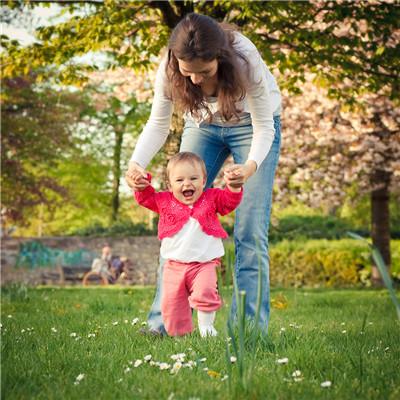
matters needing attention
The first choice is to determine whether nocturnal enuresis is primary or secondary. The latter refers to nocturnal enuresis more than 6 months after the remission of primary nocturnal enuresis. Secondary nocturnal enuresis is often related to mental stimulation in children. If there is only nocturnal enuresis, physical examination and urinalysis should be performed before treatment. If children with nocturnal enuresis are accompanied by repeated urinary tract infection, the possibility of vesicoureteral reflux is significantly increased, further examinations such as imaging or imaging urodynamics should be performed.
